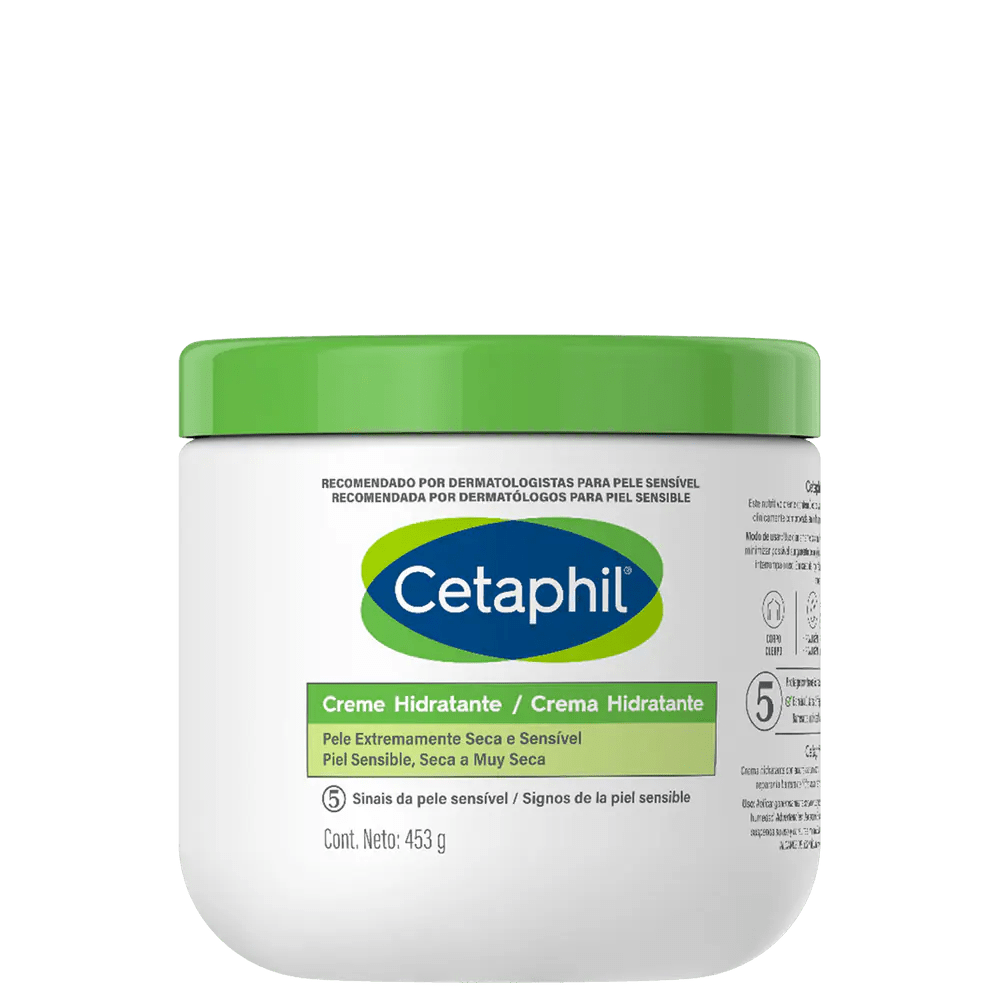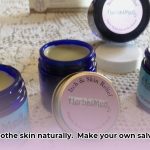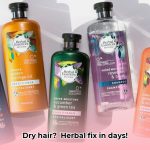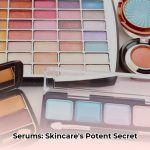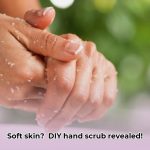Choosing the right face moisturizer (hidratante para la cara) can be tricky! There are so many creams out there, it’s hard to know which one is actually going to work for you. This guide will help you navigate the world of facial moisturizers, so you can find the perfect one for your skin. We’ll break down everything you need to know, from understanding your skin type to choosing the right ingredients. For additional soothing options, consider exploring natural remedies like herbal salves. Get ready to discover the secrets to healthy, glowing skin!
Hidratante para la Cara: A Detailed Guide for 2025 Glory
Finding the right face moisturizer can feel like searching for a needle in a haystack. There are so many great face cream options for a healthy glow, it’s easy to get overwhelmed! But don’t worry, we’re here to simplify things and help you find the perfect match for your skin. This guide will walk you through everything you need to know to choose a moisturizer that will leave your face feeling happy and healthy.
Knowing Your Skin: The First Step to Radiant Skin
Before you even think about buying a moisturizer, you need to understand your skin type. This is crucial for choosing a product that actually works. Take a good look in the mirror – is your skin dry, oily, a mix of both (combination), or sensitive? Proper skin care starts with knowing your canvas.
-
Dry Skin: This type of skin often feels tight, flaky, and sometimes even itchy. It needs a moisturizer that’s rich in emollients and occlusives to replenish lost moisture and create a protective barrier. Think of it as thirsty skin begging for a tall glass of water! Look for ingredients like shea butter, hyaluronic acid, and natural oils.
-
Oily Skin: Oily skin often looks shiny, feels greasy, and may be prone to breakouts. You’ll want a lightweight, oil-free moisturizer, perhaps a lotion or gel, to hydrate without clogging pores. The goal is to add essential hydration without contributing extra oil. Ingredients like salicylic acid or niacinamide can also help control excess sebum production.
-
Combination Skin: This is the skin type that features a mix of oily and dry areas, typically with an oily T-zone (forehead, nose, and chin) and dry cheeks. You might need to use different moisturizers for different parts of your face or find a lightweight hydrating lotion that balances oil production and hydration. Gel-based formulas often work well.
-
Sensitive Skin: If your skin easily gets irritated, red, itchy, or experiences allergic reactions, you have sensitive skin. Look for fragrance-free, hypoallergenic, and non-comedogenic moisturizers with gentle, soothing ingredients like aloe vera, chamomile, and colloidal oatmeal. Avoid harsh chemicals, alcohol, and strong fragrances that could trigger irritation. Patch testing is crucial.
Understanding your skin type is the cornerstone of a successful skincare routine. It’s like choosing the right fuel for a car; you wouldn’t put diesel in a gasoline engine, right?
The Power Players: Understanding Crucial Moisturizer Ingredients
Face moisturizers contain different types of ingredients that each play a unique role in keeping your skin hydrated and healthy. Let’s break down the key players for a vibrant, well-nourished look:
-
Humectants: These ingredients are like tiny magnets that attract and bind moisture from the air and deeper layers of the skin to the surface. Think of hyaluronic acid, glycerin, honey, and aloe vera as the hydration superheroes. They draw moisture in, plumping up the skin and providing a dewy complexion.
-
Emollients: These ingredients soften and smooth your skin’s texture, filling in the gaps between skin cells and creating a more even surface. They improve the skin’s flexibility and reduce roughness. Shea butter, ceramides, squalane, and various plant-based oils (like jojoba or rosehip) are excellent examples of emollients. They have a luxurious feel and leave your skin feeling velvety soft.
-
Occlusives: These create a protective, water-resistant barrier on the surface of your skin, preventing moisture loss through evaporation. They act like a seal, locking in hydration and protecting the skin from environmental aggressors. Mineral oil, petrolatum, beeswax, and silicones are common occlusives. However, some natural alternatives like lanolin and cocoa butter also provide effective occlusion.
Many effective moisturizers combine these ingredients to work synergistically. For instance, a moisturizer might contain hyaluronic acid (a humectant) to draw in moisture, ceramides (an emollient) to smooth the skin, and shea butter (an occlusive) to lock in the hydration. It’s like a well-coordinated team effort for optimal skin hydration.
Deciphering the Label: What to Look For and Common Irritants
Don’t be intimidated by those long ingredient lists! Focus on the key ingredients we just discussed: humectants, emollients, and occlusives. Identify which ones are best suited for your skin type.
If you have sensitive skin, pay extra attention to the ingredient list. Look for fragrance-free or “unscented” options, as fragrances are common irritants. Also, be mindful of potential allergens like dyes, parabens, sulfates, and essential oils. Perform a patch test before applying anything new to your entire face.
Here’s a list of ingredients to be mindful of:
- Fragrance/Parfum: Can cause irritation and allergic reactions.
- Parabens (e.g., methylparaben, propylparaben): Preservatives that may disrupt hormone function.
- Sulfates (e.g., sodium lauryl sulfate (SLS), sodium laureth sulfate (SLES)): Harsh cleansers that can strip the skin of its natural oils.
- Alcohol (SD alcohol, denatured alcohol): Can be drying and irritating, especially for sensitive skin.
- Essential Oils: While natural, some essential oils (like tea tree or lavender) can be irritating to sensitive skin.
- Dyes/Artificial Colors: Can cause allergic reactions.
Remember, simple is usually better when it comes to sensitive skin. The fewer ingredients in a product, the lower the chance of a reaction.
Finding Your Perfect Match: Essential Skincare Steps
Choosing a moisturizer doesn’t have to be a stressful process. Follow these simple steps, and you’ll be well on your way to finding your perfect match:
- Accurately Assess Your Skin Type: Carefully observe your skin throughout the day. Is it consistently dry, oily only in certain areas, or easily irritated? Consider factors like pore size and tendency to break out.
- Targeted Ingredient Investigation: Research moisturizers containing humectants, emollients, and occlusives that are beneficial for your specific skin type. For example, oily skin might benefit from hyaluronic acid and lightweight silicones, while dry skin may need shea butter and ceramides.
- Dive Deep into Reviews: Don’t just skim the surface of online reviews. Look for reviews from people with identical skin types and concerns. Pay attention to both positive and negative feedback.
- Determine a Realistic Budget: Great moisturizers are available at various price points. The price tag doesn’t always guarantee effectiveness, so don’t feel pressured to buy the most expensive option. Explore options within your budget and prioritize ingredient quality.
- Strategic Patch Testing: Apply a small amount of the new moisturizer to a discreet area (like your inner forearm or behind your ear) for several days, monitoring for any adverse reactions like redness, itching, or bumps.
- Consider Seasonal Adjustments: Your skin’s needs change with the seasons. You might need a lighter moisturizer in the humid summer months and a richer, more emollient cream during the dry winter.
- Factor in Medications and Treatments: If you’re using prescription medications (like retinoids or acne treatments), your skin might require a different type of moisturizer than usual. Consult your dermatologist for recommendations.
Frequently Asked Questions (FAQs) for Moisturizer Selection
-
Q: How often should I moisturize? A: Most people benefit from applying a moisturizer once or twice daily, both morning and night, after cleansing. However, adjust based on your skin’s needs.
-
Q: Should I use the same moisturizer year-round? A: Probably not. Your skin’s hydration needs can vary significantly with the seasons. A lighter lotion might be sufficient in the summer, while a richer cream is often necessary during the drier winter months.
-
Q: My moisturizer isn’t working. What should I do? A: First, ensure you’re using the right formula for your skin type and concerns. If the moisturizer still isn’t effective, consider layering hydrating serums underneath, exfoliating regularly to remove dead skin cells, or consulting a dermatologist for personalized recommendations. Sometimes, a product isn’t effective because of other underlying skin issues or improper application.
-
Q: Can I use a face moisturizer on my body? While you can, it’s generally best to use a body lotion specifically formulated for the larger surface area of the body. Face moisturizers are often more concentrated and expensive, so using them all over your body can be wasteful.
-
Q: Is it necessary to use a separate day and night moisturizer? Not necessarily. However, day moisturizers often contain SPF, which is crucial for sun protection. Night moisturizers tend to be richer and more focused on repair and hydration
- How Work Life Balance Coaching Consultants Boost Well-Being - January 7, 2026
- How To Balance Coaching And Personal Life For Well-Being - January 6, 2026
- Work Life Balance Coach Transforms Stress into Sustainable Well-being - January 5, 2026
